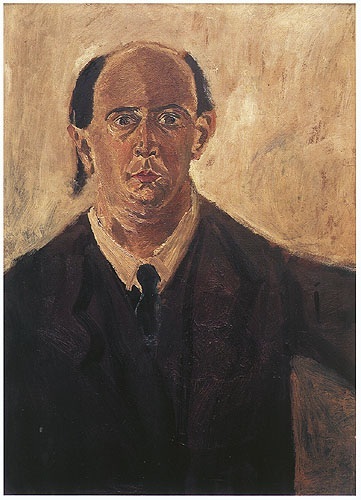|
Disclaimer The following text is a summary of Eduardo De la Fuente's essay, "Prophet and Priest, Ascetic and Mystic: Towards a Cultural Sociology of the Twentieth Century Composer", published in Philosophical and Cultural Theories of Music (2010), ed. Eduardo De La Fuente and Peter Murphy.
European Modernist culture’s longest lasting obsession has been the pursuit of an “aesthetic” salvation, primarily a result of Modernism’s break with institutional Christianity and the elevation of the Artist-as-Priest. Art as religion solidified in the 20th century as Wagner’s theoretical writings espoused with the writings of various modernist philosophers, and a revived interest in the Apollonion, objective Kunstreligion of ancient Greece. Max Weber suggested specifically that the 20th century composer resembled a religious professional, paving paths to aesthetic salvation based on their various rejections and affirmations of the world. These “professions” can be subdivided into four categories, the composer as prophet, priest, ascetic and mystic. Prophet: A person for whom the “conflict between empirical reality and his conception of the world as a meaningful totality […] produces the strongest tensions in the man’s inner life, as well as his external relationship to the world.” The prophet “discharges his internal pressure”, and their persona is marked by an unresolvable tension between their sacred duty/mission and the world. The prophet gains a mythical status and a swath of blind followers; they are charismatic and do not gain reward from the “field” or institution; their art is not commissioned or supported widely. Example give by De La Fuentes: Arnold Schoenberg Priest: The priest is specialized, with a vocational qualification and an aura of “fixed doctrine”. Their views, metaphysical or otherwise, are rationalized: their role is to make peace with the past and to ensure that their sacred activity is shared and maintained with the “laity”. The priest is utilitarian, valuing coherence, constraint and unity. They reject the aesthetics of “expression”, and Modernity; they are rooted in a pre-Romantic-era past. Example give by De La Fuentes: Igor Stravinsky Ascetic: The ascetic controls the demands of their inner-world; everything must be rationalized, not only elements perceived to be unorganized, but all elements perceived as expressive, spontaneous and purely conventional. The goal is “…supremacy of intellect over passion, the triumph of mind over physical instinct”.Example give by De La Fuentes: Pierre Boulez Mystic: The mystic’s primarily principle is to remain silent so that God may speak. Their action is minimized, which puts them in contrast with the ascetics, who prove themselves through action. Perhaps the mystic’s ultimate goal in their silence is to pursue the elements that lie beyond their own intentions. The mystic is irresponsible to himself, risking their reputation and state in order to achieve and overarching acceptance of all circumstance. Example give by De La Fuentes: John Cage
0 Comments
|
AuthorTyler Versluis is a composer and pianist. Archives
October 2015
Categories |

 RSS Feed
RSS Feed
